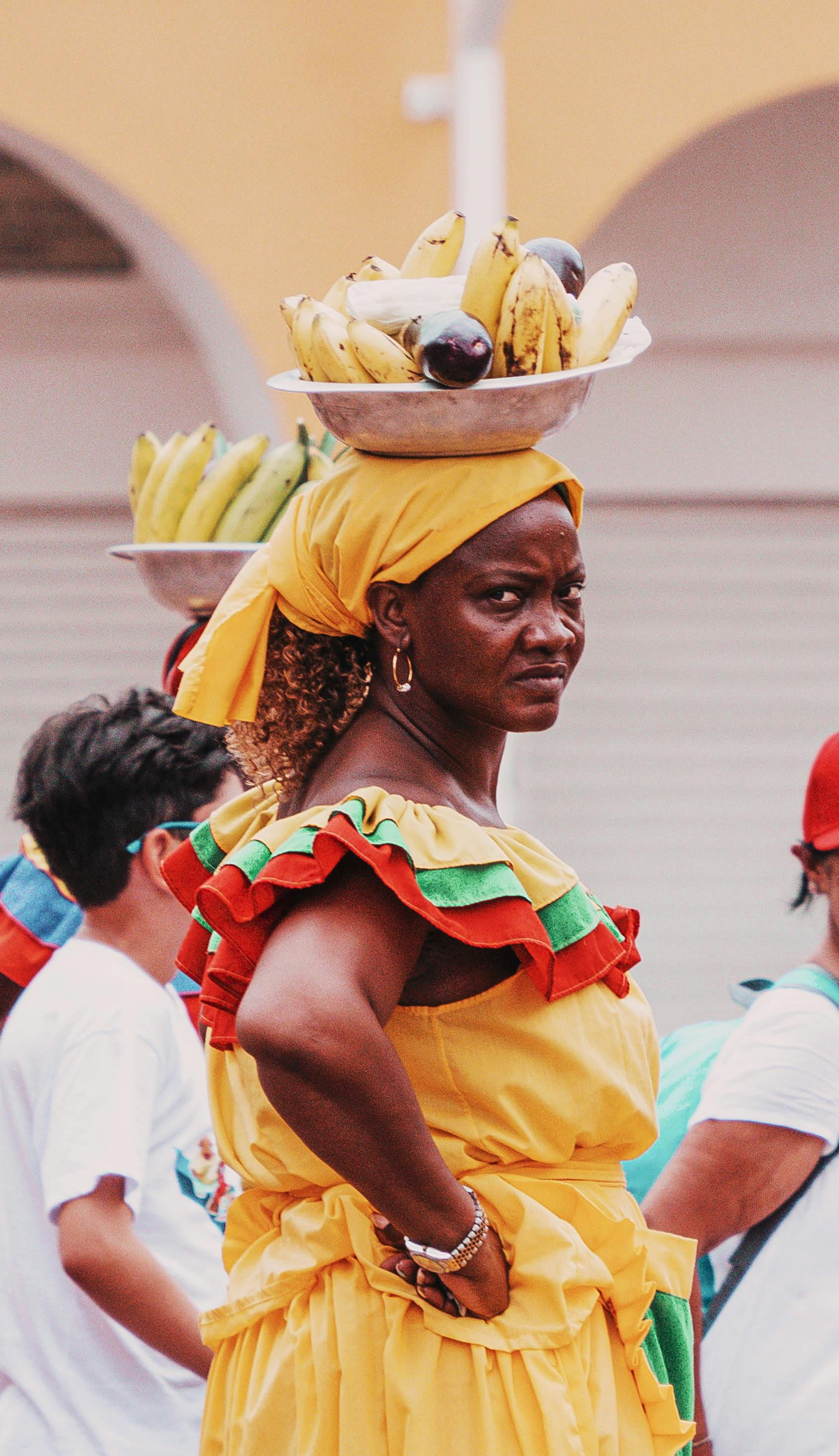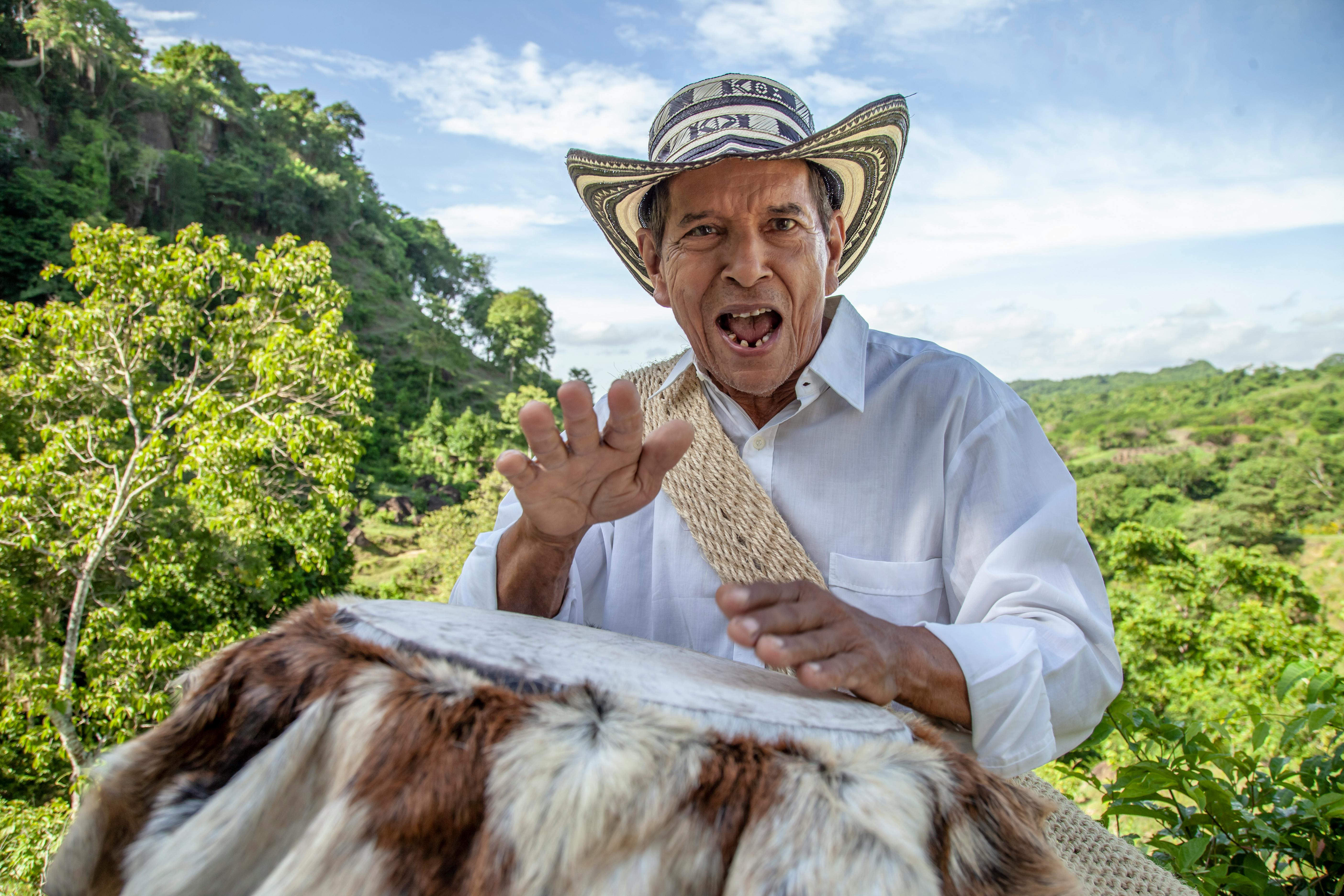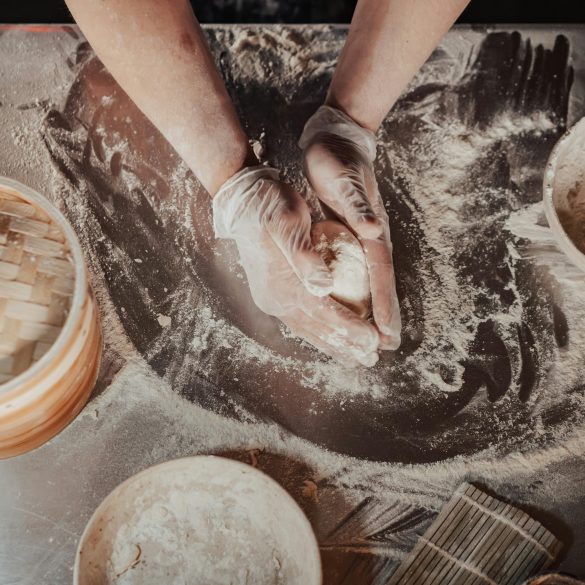Colombian Culture Unveiled: The Ultimate Guide to Traditions, Food, Music, and Social Insights
Colombian culture might just be the world’s best-kept secret—and, honestly, that’s always puzzled me. It’s a unique blend of joy, resilience, and vibrant daily rituals. Back when I first set foot in Bogotá, I’ll admit, I thought I knew what “Latin American culture” meant. Actually, let me clarify that—I had a few stereotypes in mind (coffee, Shakira, etc.) and thought I was prepared. Turns out, I wasn’t even close. The real story of Colombian culture is so much richer, so much more layered—I’m still uncovering new dimensions every time I return or even chat with Colombian colleagues. If you can relate—maybe you’re curious, planning a trip, or want to deepen your global perspective—this guide is absolutely for you.
Key Insight: Colombian culture is not a monolith—it’s a dynamic interplay between indigenous roots, Spanish colonial influences, African rhythms, and waves of ongoing innovation. Each region, even every city, feels like a new discovery.
What Truly Defines Colombian Culture?
Let me start by asking: when you picture Colombian culture, what image jumps to mind? Coffee plantations at dawn? Brilliant red and yellow Carnaval costumes? Or, maybe, a passionate salsa crowd in Cali? The truth? All are accurate—yet all are incomplete. In my experience, Colombian culture is best defined by its contrasts: old and new, mountains and coasts, struggle and hope, tradition and reinvention. Honestly, no two towns celebrate Sundays the same way. Even the language—a melodic, expressive version of Spanish—shifts character between Medellín’s “paisa” neighborhoods and Cartagena’s Caribbean streets1.
What’s really struck me over the years is how cultural expression here emerges less from top-down prescriptions than from the lived realities of everyday Colombians. Family remains at the center, yes, but so do local festivals, outdoor markets, and spontaneous musical gatherings—each one, a window into the country’s soul.
Did You Know? Colombia is the second-most biodiverse country on Earth—home to more bird species than any other nation. This astonishing variety is mirrored in its cultural, linguistic, and culinary traditions.
Colombian History and the Roots of Identity
I’ve often found that to truly understand any culture, you need to start with its story. Colombia’s is—if I’m being candid—equal parts dazzling and challenging. Pre-Columbian civilizations (think: the Muisca, Tairona, and Quimbaya) laid down rich traditions, many still echoing in contemporary crafts and ceremonies2. Then, Spanish conquest brought lasting changes—but also sparked centuries of cultural blending, resistance, and adaptation. The struggle for national identity wasn’t a single event, but an ongoing conversation—one still happening in the highlands and urban centers alike.
Cultural Contrast: The Colombian coat of arms bears a pomegranate—a symbol of unity, despite ongoing regional differences and centuries of fragmentation. It’s a visual reminder that national identity here is always a bit of a balancing act.
Fast-forward to the late 20th century: international headlines often missed the threads of innovation, creativity, and daily generosity that ran beneath Colombia’s well-publicized struggles3. For most locals, the real defining feature isn’t violence or volatility—it’s the unbreakable spirit summed up in the phrase “la berraquera”—a kind of resourceful courage that gets people through, and keeps community ties strong even as traditions evolve.
“Colombians have an extraordinary ability to reinvent happiness, even when conditions are hard.”
I couldn’t agree more. Over the next sections, I’ll break down exactly how this resilience and ingenuity show up in everything from recipes to pop music. And—if you’ve ever wondered how a place can feel both ancient and instantly alive, you’re in the right place.
Colombian Food: More Than Just Arepas
Most outsiders think of Colombian cuisine as “arepas, coffee, and maybe some stews.” But—honestly—Colombian food is as regionally diverse and surprising as its landscapes. My first taste of ajiaco in Bogotá was actually a little disorienting: potatoes, chicken, capers, and cream—all together in one bowl—definitely challenged my expectations (and yet, it totally won me over). Since then, I’ve learned that what ends up on a Colombian table—whether hearty bandeja paisa in Medellín, seafood stews on the Caribbean coast, or the mesmerizing sweetness of guanábana juices in Cali—depends entirely on where you are, who’s cooking, and what story is being told through the meal.
Pro Tip for Travelers: Don’t just eat in Bogotá or Medellín. Take a guided food walk through a local market in Barranquilla or Popayán. The diversity is jaw-dropping, and every vendor has a history lesson to share.
| Region | Signature Dish | Main Ingredients | Best Season |
|---|---|---|---|
| Andean Highlands | Ajiaco | Potatoes, chicken, corn, guasca | Year-round |
| Caribbean Coast | Mote de Queso | Yam, cheese, onion | Dry season (Dec–April) |
| Antioquia | Bandeja Paisa | Beans, rice, beef, plantain, egg | Any time |
| Pacific Region | Encocado de Pescado | Fish, coconut milk, spices | Rainy season (May–Nov) |
I’ve learned (sometimes the hard way) that Colombian food etiquette matters, too. Lunch is the main meal, rarely rushed, and sharing is an unspoken rule. Also, if someone invites you to try their grandmother’s recipe… just say yes.
Why Does Colombian Coffee Taste So Different?
People everywhere rave about Colombian coffee. But it wasn’t until I spent a morning in the Zona Cafetera—watching pickers hand-select ripe beans—that I really understood the magic. The secret isn’t just the equatorial climate or rich volcanic soils, but also the deeply-rooted family-owned approach (over 500,000 small farms, according to recent government data4).
“Colombian coffee is less about caffeine and more about community—farmers know their land, and their customers, by name.”
Music & Dance: Colombia’s Beating Heart
If I had to sum up Colombian culture in one word, it would be “rhythm.” Music here is living history: it tells the story of indigenous roots (cumbia and bambuco), colonial encounter, and the Afro-Colombian diaspora (currulao, mapalé, champeta)5. Every region has its own beat, and even within cities, musical diversity runs deep. Personally—I was blown away the first time I watched an improvised salsa-caleña jam in Cali: lightning-fast footwork, expressive moves, and the unmistakable sense that everyone is invited to the party.
Insider’s Secret: Some of the world’s best jazz venues are tucked away in Bogotá’s Chapinero district, where local musicians blend traditional rhythms with global influences. It’s fusion music at its most eclectic.
- Salsa caleña: Fast, flamboyant, and blazingly technical
- Cumbia: Ritual roots, danced with candles in hand (originating from the Caribbean coast)
- Bambuco: Poetic, rhythmically complex, native to the Andes
- Vallenato: Storytelling ballads, accordion-driven, beloved nationwide
Did You Know? The UNESCO World Heritage list includes the “Traditional Vallenato Music of the Magdalena Grande Region of Colombia.” This genre helps preserve centuries of oral history through song.
Modern Colombian Music: From Local to Global
It’s not all folk and tradition—far from it. Many outsiders know Shakira and J Balvin, but Colombian music innovation is everywhere: electro-cumbia fusions, punk cumbia with political edge, reggaeton-meets-andino hybrids. I used to think each genre had its home—but these days, the lines blur beautifully.
“Colombian music is always reinventing itself—what was street yesterday is the new mainstream tomorrow.”
What’s exciting is that this constant reinvention mirrors broader changes in Colombian society—a nation open to global trends, yet fiercely proud of local roots.

Festivals, Rituals, and Daily Life
Okay, let’s step back. If someone asks, “how do Colombians celebrate?”—the short answer is “largely and with gusto.” The long answer takes you through a maze of carnivals, saints’ days, flower fairs, and neighborhood parades too numerous to count. As a newcomer, this was bewildering: One June evening in Medellín I found myself pulled (literally, by the hand!) into a local San Pedro feast, swept up in music, laughter, and food until well after midnight.
- Carnaval de Barranquilla: Rio may get all the headlines, but Colombia’s own street party—a 4-day World Heritage event—draws millions. Expect marimondas, colorful masks, and non-stop cumbia dancing6.
- Feria de las Flores (Medellín): Flower-laden parades, vintage car rallies, and open-air concerts transform the city each August.
- Black and White Carnival (Pasto): A dazzling blend of indigenous, Spanish, and African heritage, with giant puppets and paint-throwing revelry.
- Holy Week (Semana Santa): Religious pageantry and solemn processions, especially impressive in Popayán.
Personal Observation: Colombians don’t just mark the calendar—they transform public spaces, entire cities, and even daily routines to make room for collective joy. Streets are painted; strangers become friends.
Everyday Rituals: Life Beyond the Festivals
What I should have mentioned first is this: celebration isn’t reserved for holidays. Morning tinto (strong black coffee) on a city street, afternoon guitar circles in the plaza, late-night sharing of aguardiente (anise-flavored spirit)—these daily rituals matter just as much. It’s a country where certain forms of hospitality (like always offering you a drink, even if it’s just hot chocolate) are considered non-negotiable.
“In Colombia, sharing a meal or a drink is never just about food—it’s about kinship, memory, belonging.”
Regional Diversity: One Nation, Many Worlds
I used to think Colombia could be summed up by a single style or spirit—but living here (even for brief stints) quickly cured me of that illusion. The regional diversity is staggering: Andean villages feel worlds apart from Caribbean towns, and the Afro-Pacific coast is dramatically different again. For foreign business travelers and cultural researchers alike, this is crucial—what works in one region may flop in another.
| Region | Primary Language/Accent | Signature Tradition | Cultural “Vibe” |
|---|---|---|---|
| Andes (Bogotá, Medellín) | Spanish (neutral or paisa) | Semana Santa, Feria de las Flores | Reserved but warm, proud of innovation |
| Caribbean Coast (Cartagena, Barranquilla) | Spanish (costeño), Creole | Carnaval, verbal duels (piqueria vallenata) | Lively, festive, direct |
| Pacific Coast (Buenaventura) | Spanish, African-influenced intonations | Marimba music, San Pacho festival | Communal, musical, improvisational |
Did You Know? Colombia has 65+ official languages spoken, including historic indigenous tongues like Wayuu and Embera. Multilingualism increases, especially in border regions and the Amazon.
Women’s Roles and Changing Social Tides
One area I’ve watched evolve (and still evolving) is gender roles. Traditionally, family hierarchies were rigidly patriarchal—but contemporary Colombia is witnessing a remarkable surge of women entrepreneurs, social leaders, and artists reshaping both public and private spheres7. Is it perfect? No. But there’s a sense of acceleration, especially among younger generations.
“Today, Colombian women walk in protest and sit in the boardroom—a dual revolution that’s rewriting our social contract.”
Take the rise of women-run craft collectives in Chocó or the outsize influence of female academics in Colombia’s emergent tech sector—it’s a trend worth watching, one that’s changing both family dynamics and public debates.
Modern Colombia: Innovation and Social Change
Let me think about this—if I had to pick the one dynamic shaping Colombia’s culture right now, it’s the collision (in a good way) between ancient tradition and rapid modernisation. Three years ago, when I sat in a digital nomad café in Medellín streaming a local podcast about political protests, I realised: the Colombia outsiders still picture is…well, a decade out of date. Post-conflict peace accords, booming tech hubs, and new migration patterns are transforming everyday life.8
Future Watch: Colombian cities like Medellín have reinvented themselves as innovation capitals—a journey recognized by the Urban Land Institute and Deloitte9. But social challenges remain: income gaps, rural/urban divides, displacement, and the on-going process of reconciliation.
Art, Literature & Street Culture
Honestly, I used to think Colombia’s artistic genius was all about Botero’s sculptures—but since spending time in Bogotá’s graffiti districts, or reading Laura Restrepo’s novels, my understanding has completely shifted. Street art here rivals anything in Berlin or Brooklyn, and Colombian literature has matured far beyond magical realism (though Gabriel García Márquez’s influence is still huge)10.
- Murals in Bogotá’s La Candelaria tackle political and social themes with wit and bravery.
- Emerging novelists experiment with genres, immigration stories, and urban transformation.
- Music festivals increasingly feature Indigenous and Afro-Colombian artists side-by-side with mainstream pop stars.
Practical Tips for Travelers & Cultural Enthusiasts
Here’s where I get practical—because, if you’re reading this, you probably want to experience Colombia’s culture firsthand. Or maybe you’re a professional preparing for Colombian partnerships, looking to avoid cultural faux pas (been there). My current thinking? Preparation beats improvisation:
- Time your visit: Many festivals take place during Colombia’s dry seasons—plan accordingly for best travel and celebration experiences.
- Respect local customs: Even casual gatherings often have an implicit host/guest dynamic. Follow invitation etiquette and dress codes.
- Safety first: Urban areas are modern and vibrant, but always get local guidance and stay aware—especially at night, or during major festivities.
- Learn basic Spanish: Even a little goes a long way, especially outside tourist districts. “Buenos días” and “¿Cómo estás?” can open many doors.
Did You Know? Colombia’s national soccer team’s supporters—La Barra—won the FIFA Fair Play Trophy in 2018 for their welcoming attitude and respectful celebration during the World Cup.
Did You Know? Unique Colombian Facts
- Colombia leads Latin America in film production growth as of 202311.
- The national anthem is played twice daily on all radio and TV stations12.
- Home to 59 national parks, from deserts in La Guajira to Amazon rainforest reserves—a biodiversity hotspot.
References



